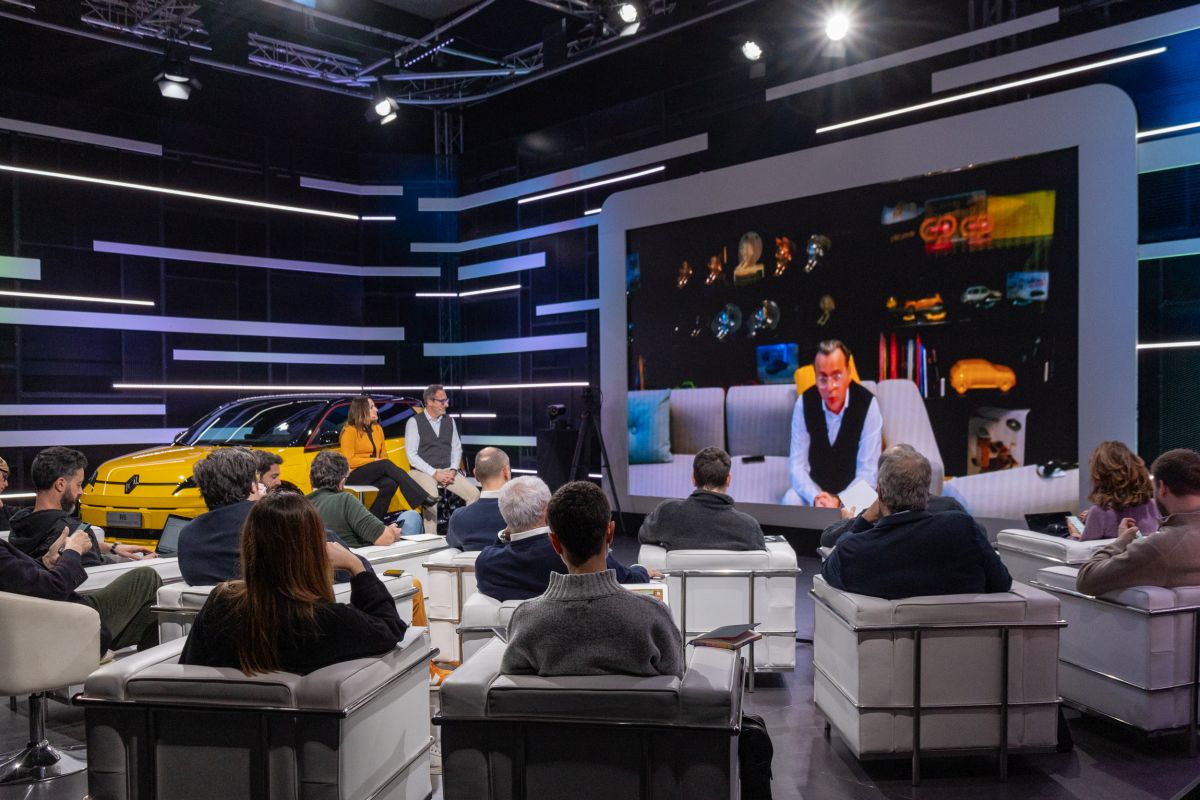MILAN (ITALPRESS) – Doing marketing is not simply trying to sell a product, but it is above all to tell the story, the values and the passions behind it. “We started from the concept that in our professional life people love cars, but many journalists (not from the auto or economic sectors) and sometimes many politicians make people believe that people do not like cars. This is false. Instead, we started from the principle of always being ambassadors of the car.” This is how Renault Global Marketing Director Arnaud Belloni, during a corporate voice with the press in Milan, pointed to the beating heart of a good marketing strategy. “Our goal was to fix Renault’s image before the arrival of R5. But changing the face of a company is a very long job: from the time when we change products from the first to the last and until the time when we can find it everywhere, even years can pass,” he explained. “On the contrary, with marketing we can change the image of a brand very quickly. This is because we can work on advertising, on the architecture of the sales plan, on partnerships, on product placement (for example in cinema, as we did with “Emily in Paris”), on the presentation of the brand to the media…”
But what is an effective marketing strategy based on? Belloni outlined 3 key points. “First, emphasize the importance of the brand. We don’t talk about price or discounts, but about the product and technology. The brand is like a fragile jewel to always take care of. Second, tell a story. An example is the image of horses in Megane that is meant to narrate the transition from horse power to electric.Third, to make Renault a singular and unique brand. So tell stories, create a sense of brand and have personality. “Another key step, however, is efficiency, so that resources can be concentrated in one product but better instead of dispersed.Belloni recounted that “when I came to Renault, there was no my team and each country had its own marketing. Before I arrived, for the launch of Clio, each country had made its own video or commercial totaling 9 and spending about a dozen million. So I decided to centralize Renault marketing, and that way we could do better while spending less: for example, with Megane we did only one commercial instead, saving about 8 million.” The result of all this was that “in four years we reduced Renault’s worldwide marketing budget by 40 percent.”
“My job is to speak to people’s hearts by telling them about the product, technology, design and brand history and giving reference points to those who might become potential buyers,” he added, “Our work is inspired by the luxury industry. The reason is simple: since I came to Renault, I don’t look at what the automotive industry does in marketing because it has lost its know-how. On the contrary, the industry that best knows and knows how to use the technical codes of marketing is precisely the luxury industry, both Italian and French. “And here a very important concept for Belloni is grafted in: making products appealing to people. This point takes on even more importance when inserted in the process of switching from thermal to electric cars. “Renault’s strategy is this: make electric cars more desirable and beautiful than thermal cars,” Belloni pointed out.At the same time, however, we understood that customers will find it difficult to switch in 5 years from a diesel vehicle with a discount to a 100% electric vehicle without a discount. So we were cautious: we kept a very efficient ICE technology and then developed the hybrid (ideal for those who are afraid to switch directly to electric, but who are ready). So we built two parallel ranges: the full Hybrid with Clio, Capture, Austral, Rafal… and then a range with icons such as Megane and Renault 5.”
The last point in Renault’s marketing strategy is the opening of mini-showrooms: the Rnlt. “Today we are opening 30 of them around the world such as in Rotterdam, Milan, Seoul, London, Paris, and Brussels. We had seen that once the stores closed, we were no longer selling in city centers. Therefore we decided to open small centers (150-200 square meters) in the neighborhoods where people live and live. And so here we can present electric vehicles, merchandising…,” Belloni concluded.
photo: press office Renault Italy
(ITALPRESS).

